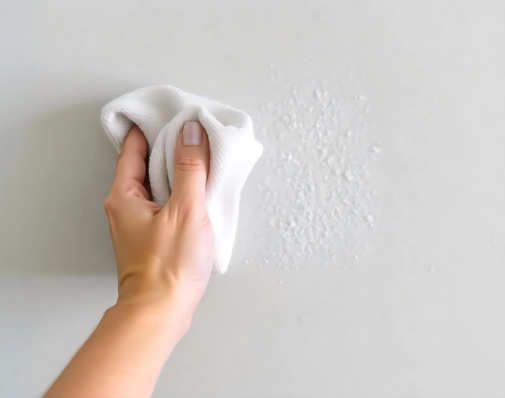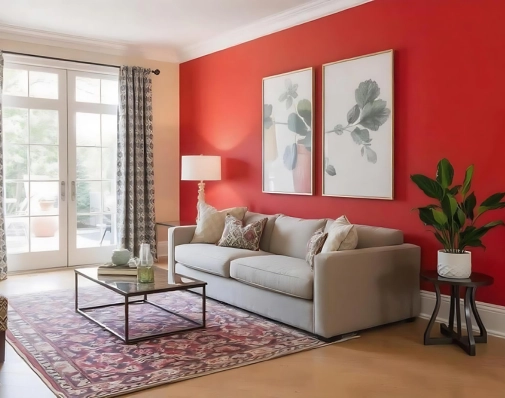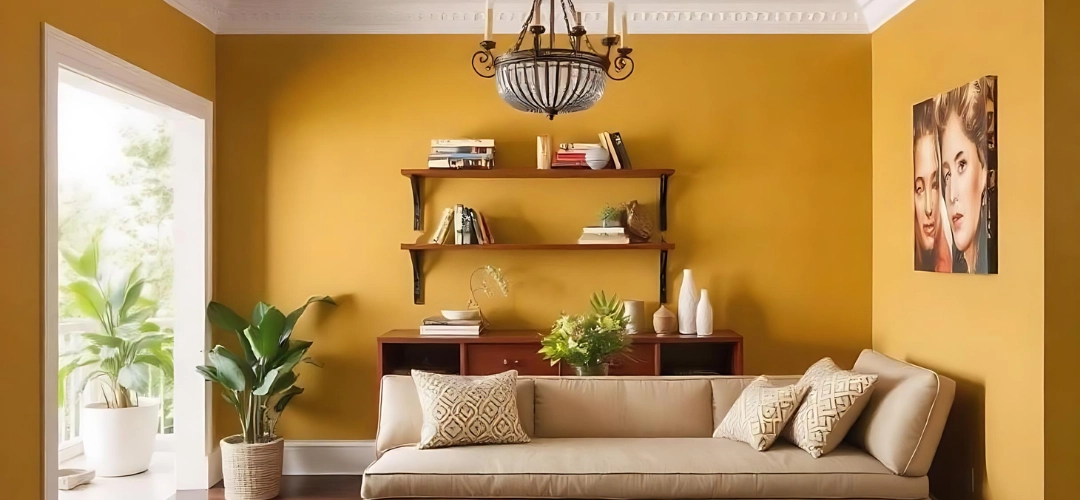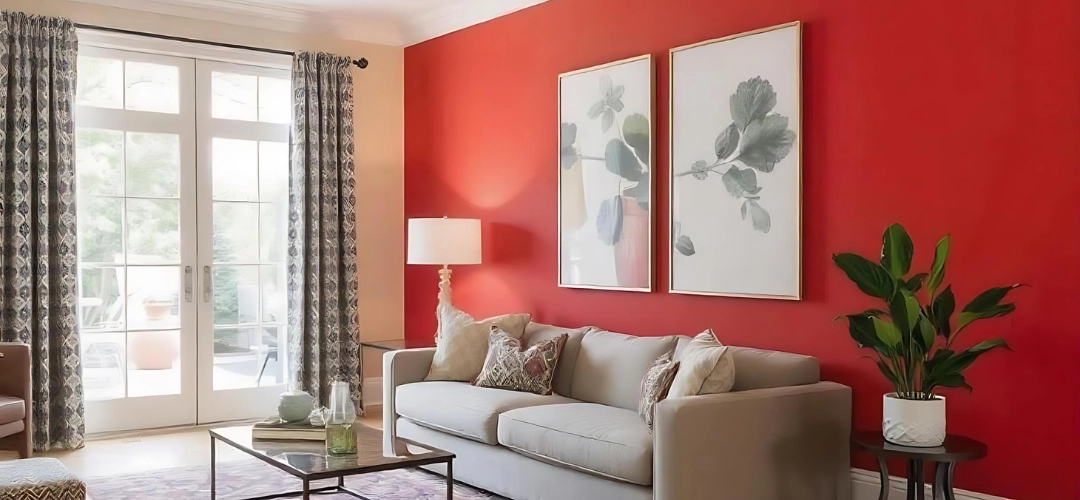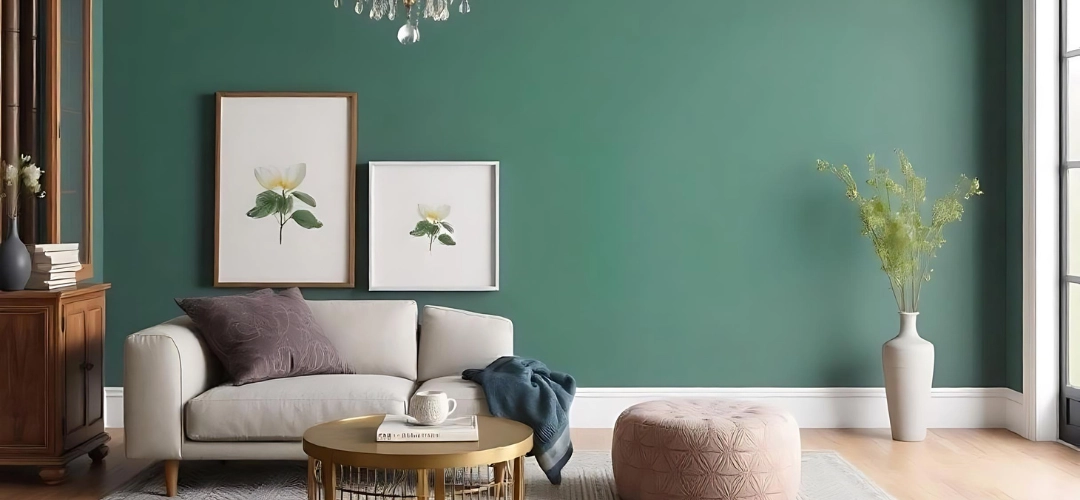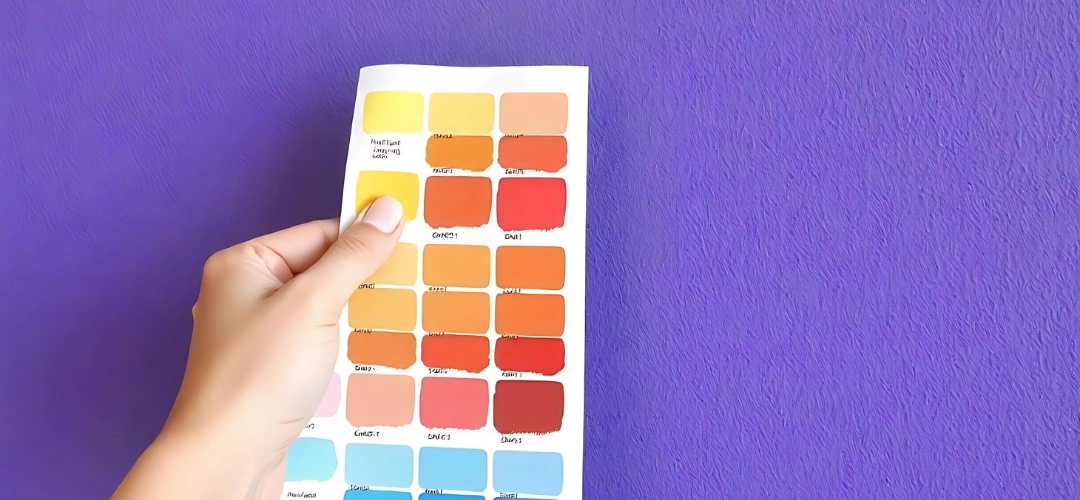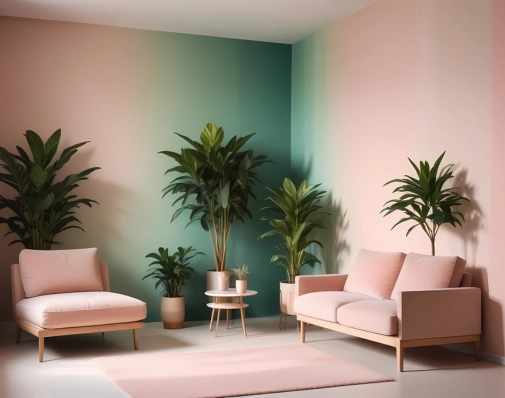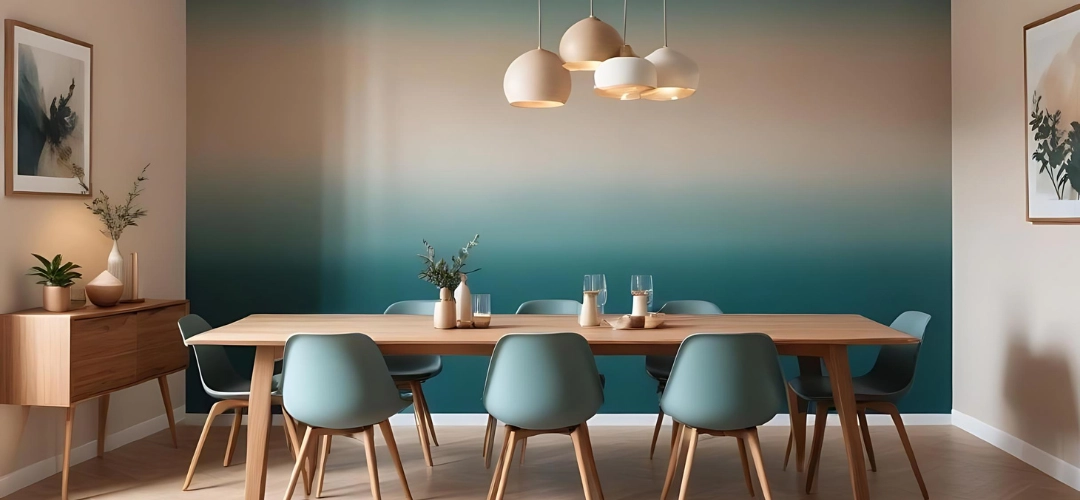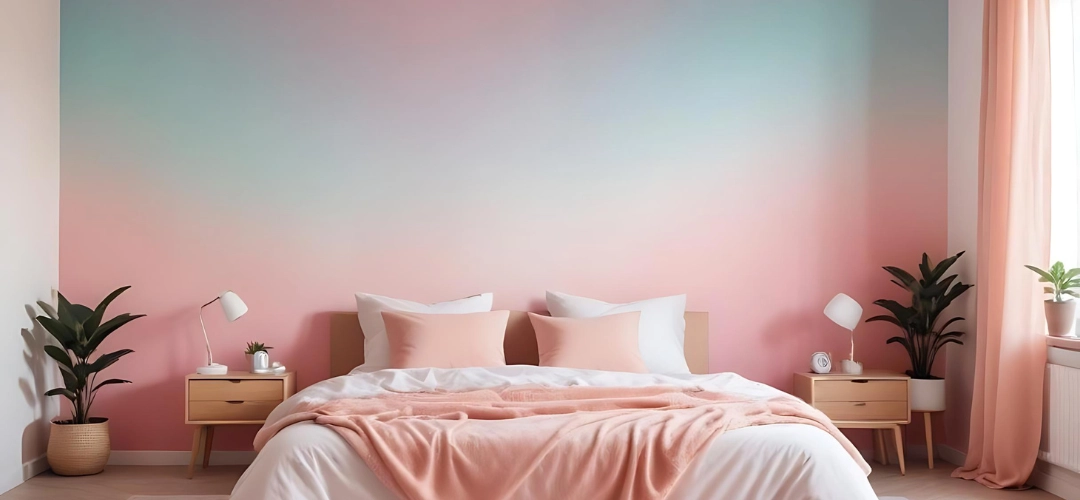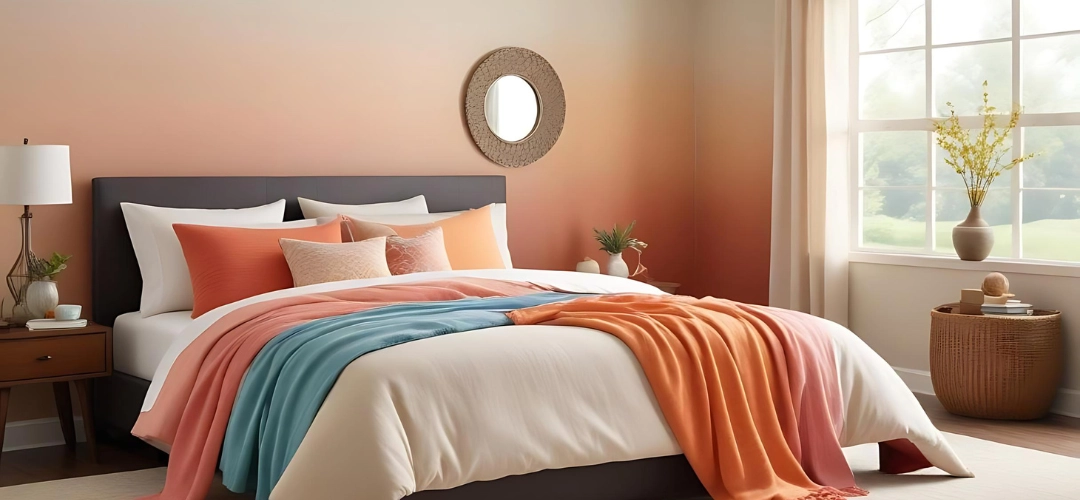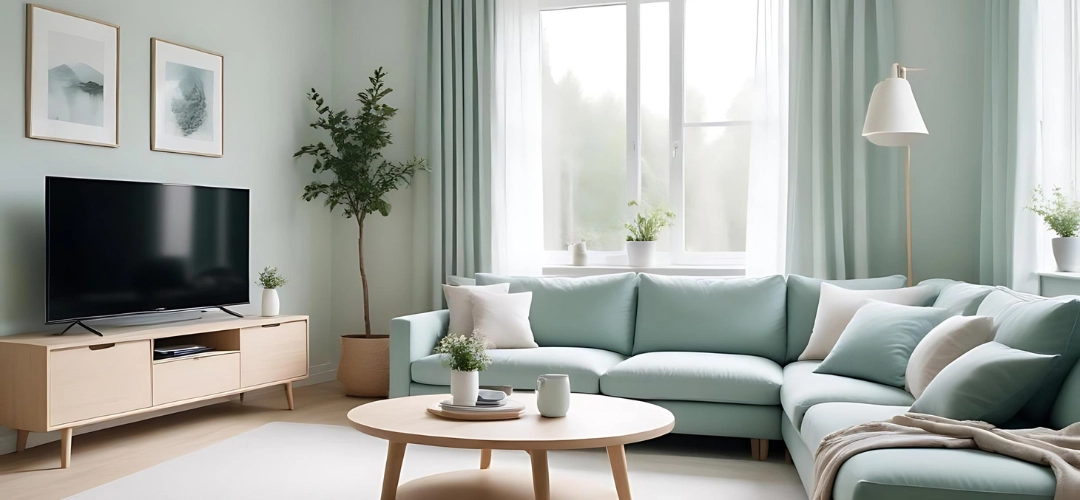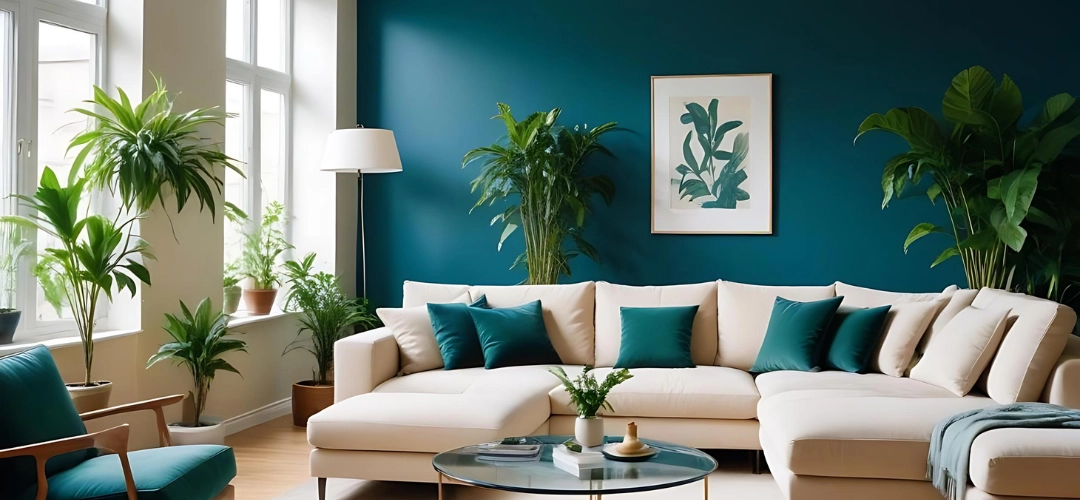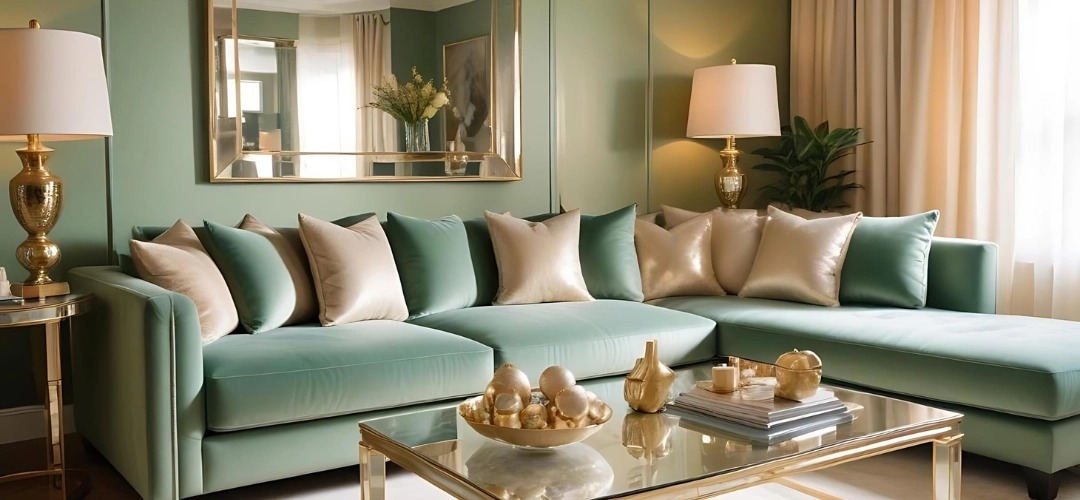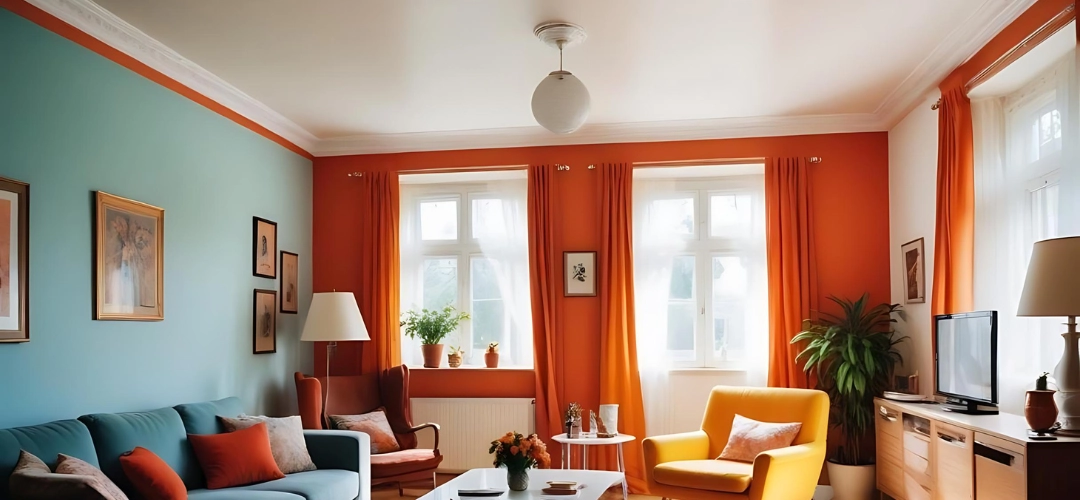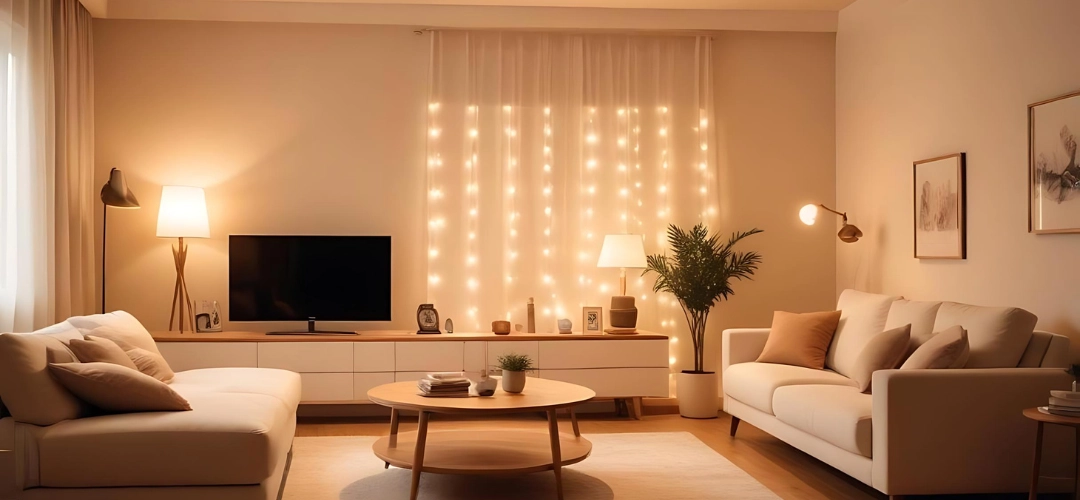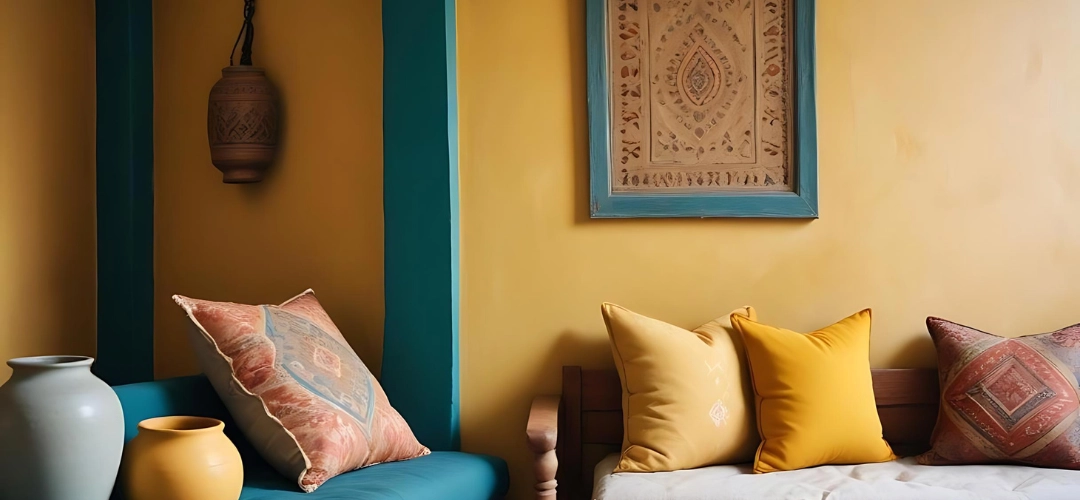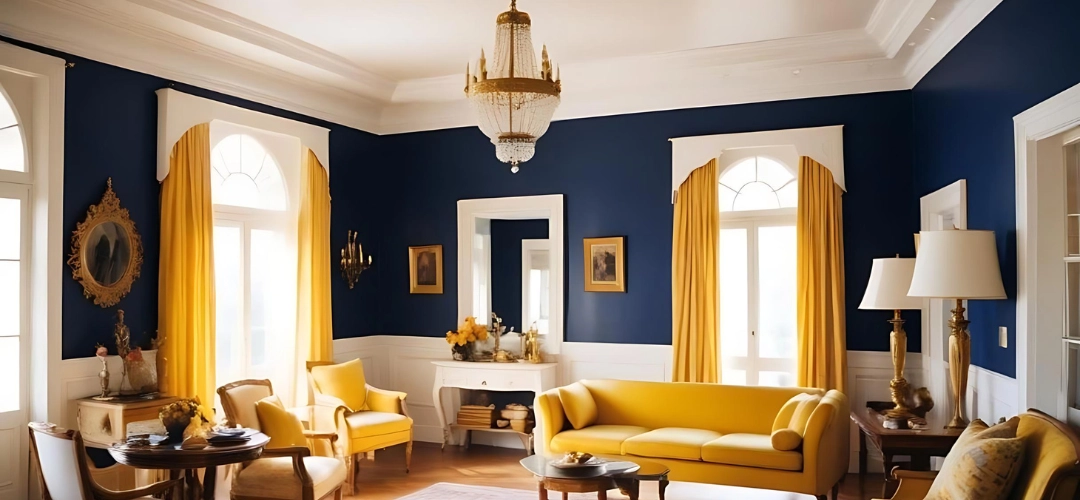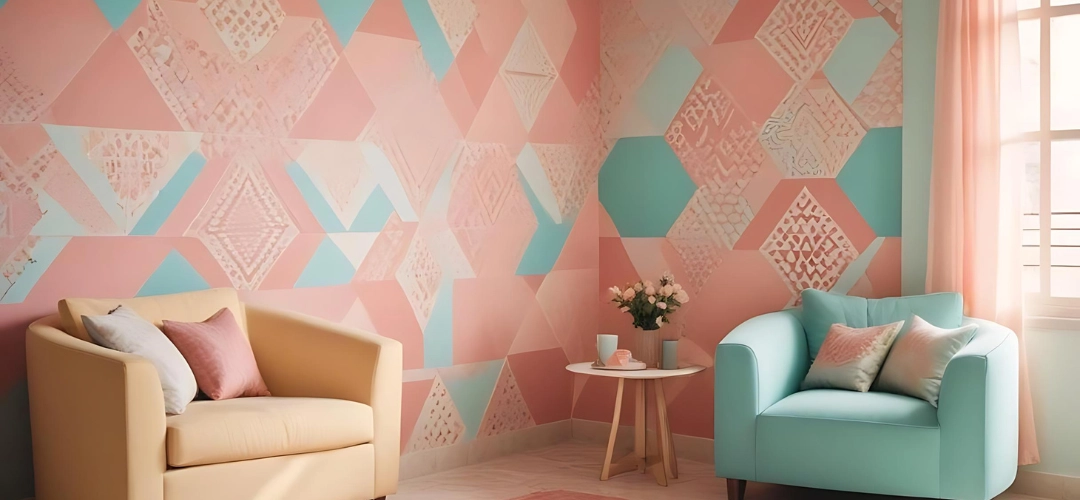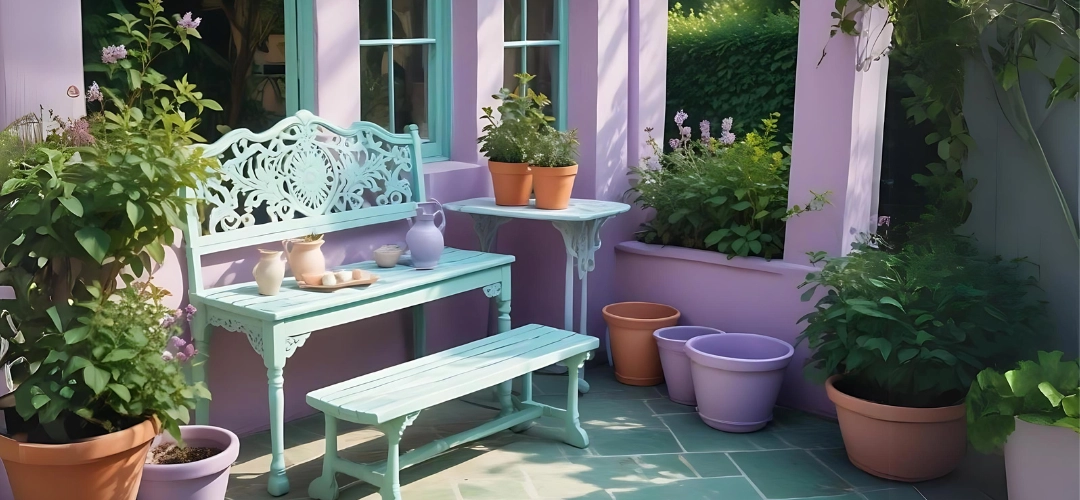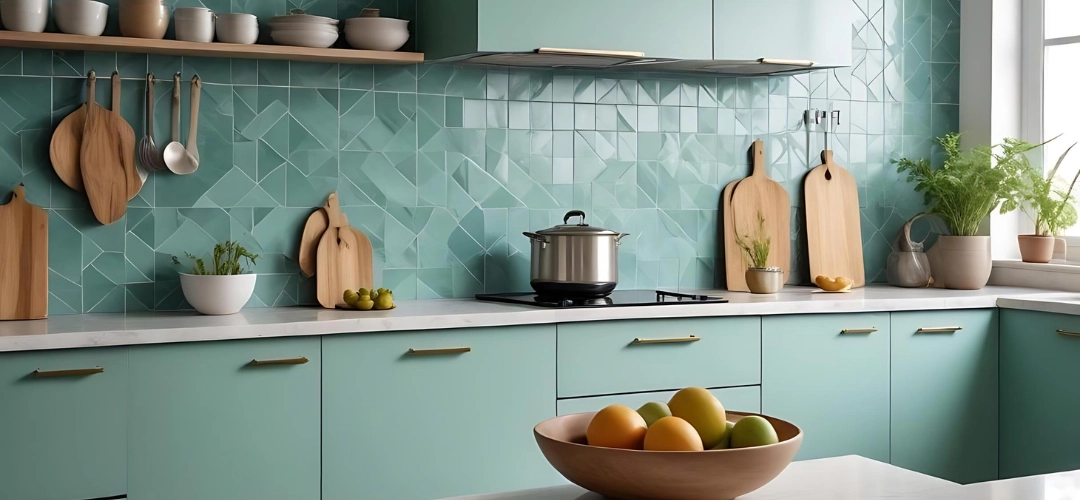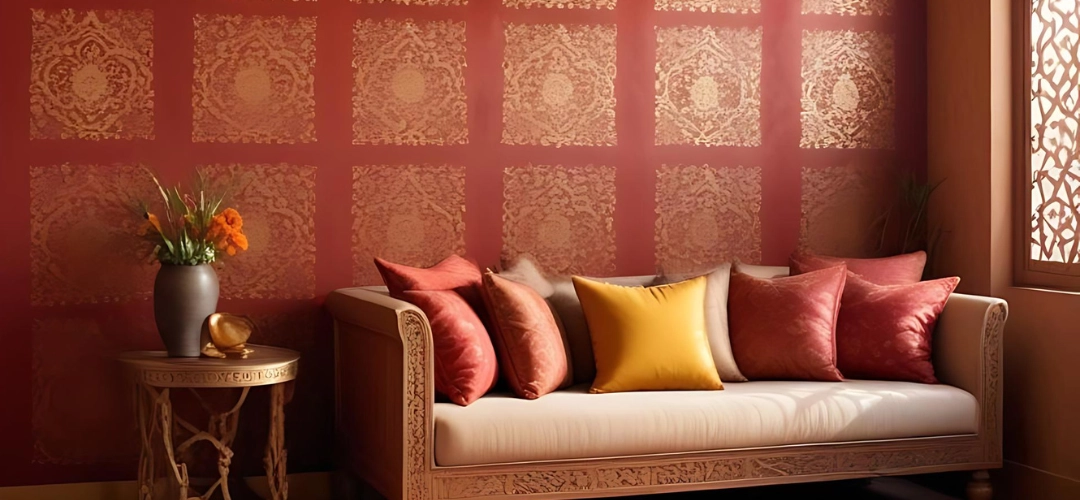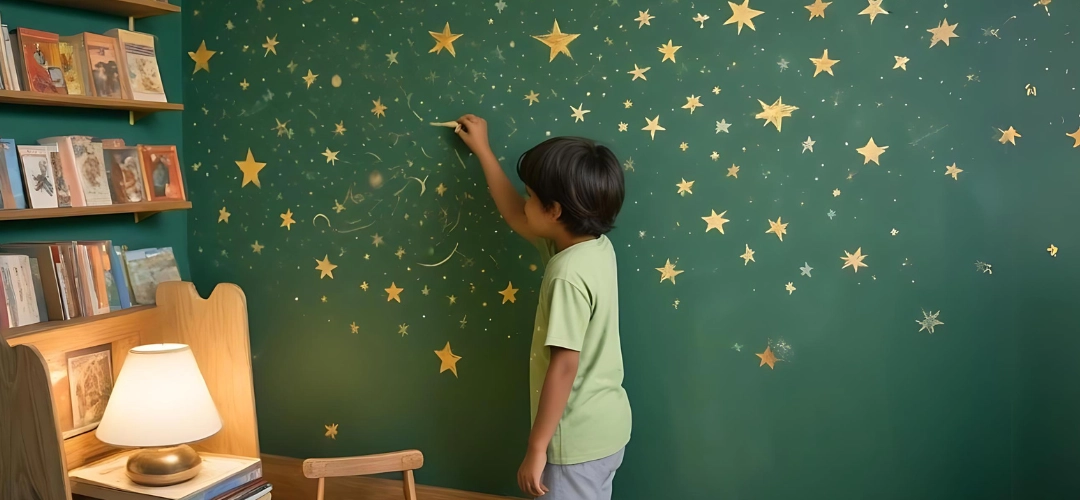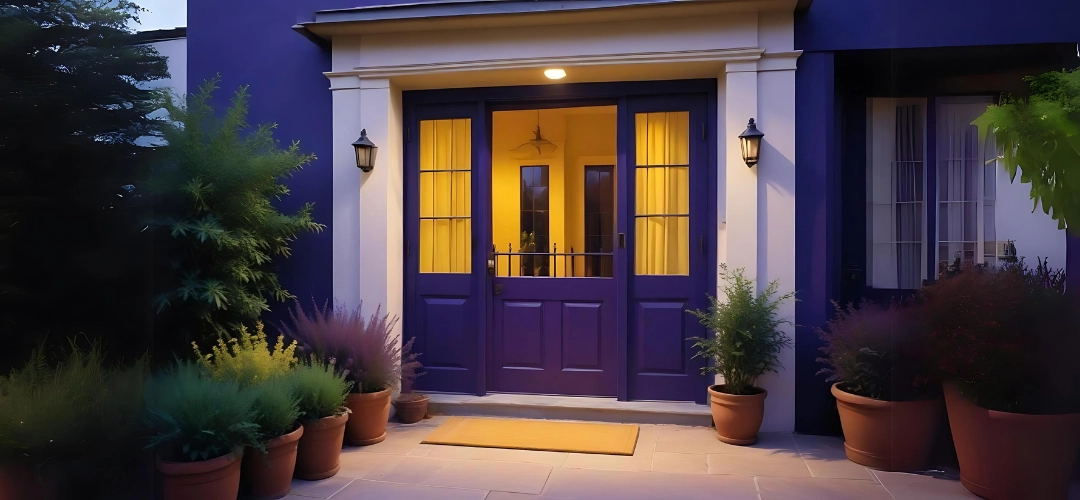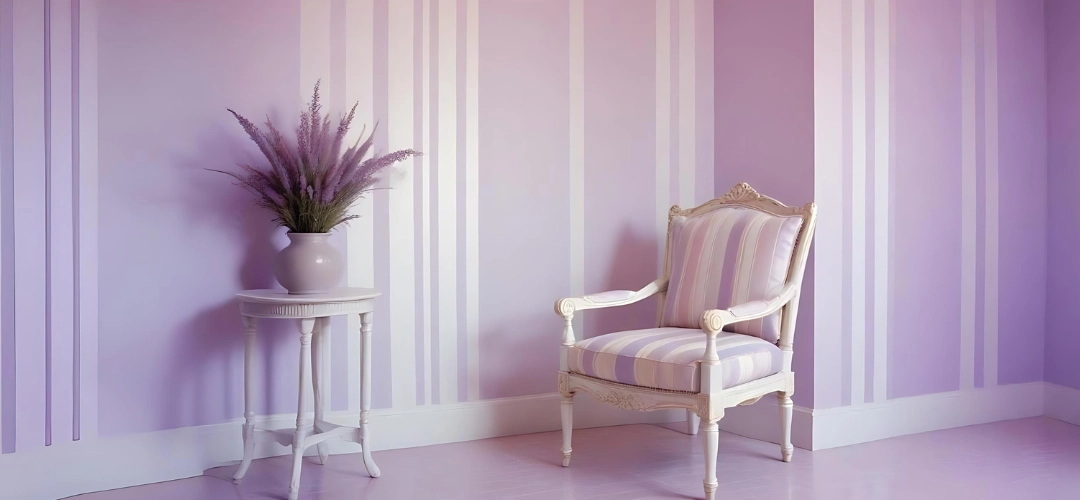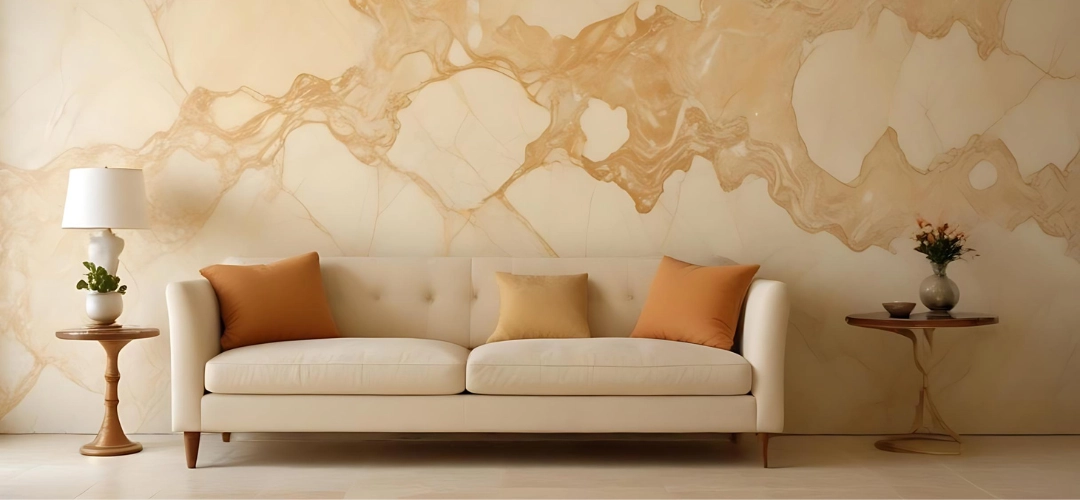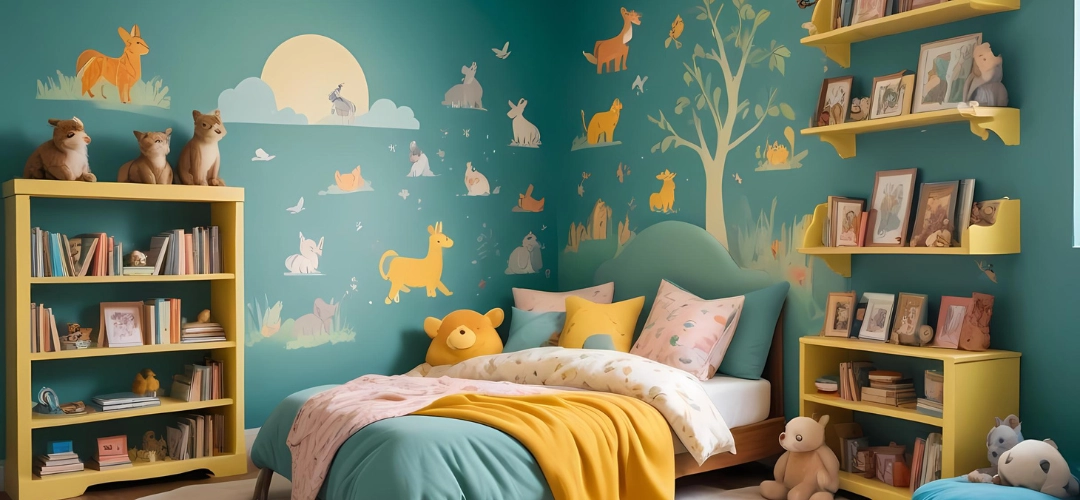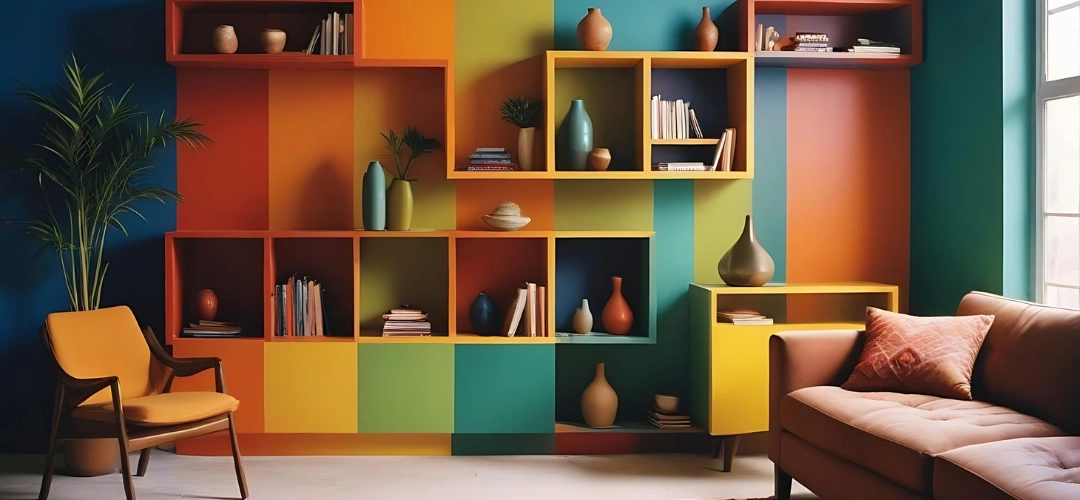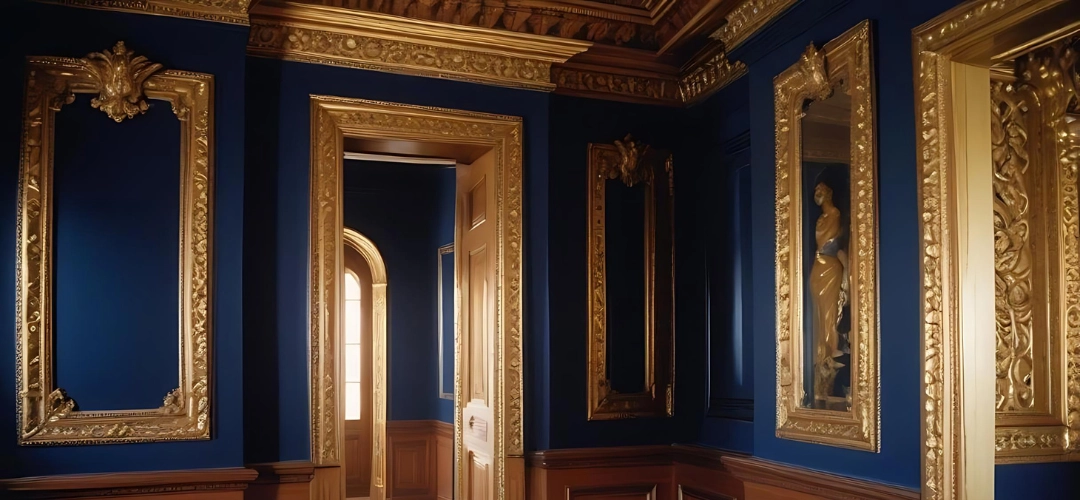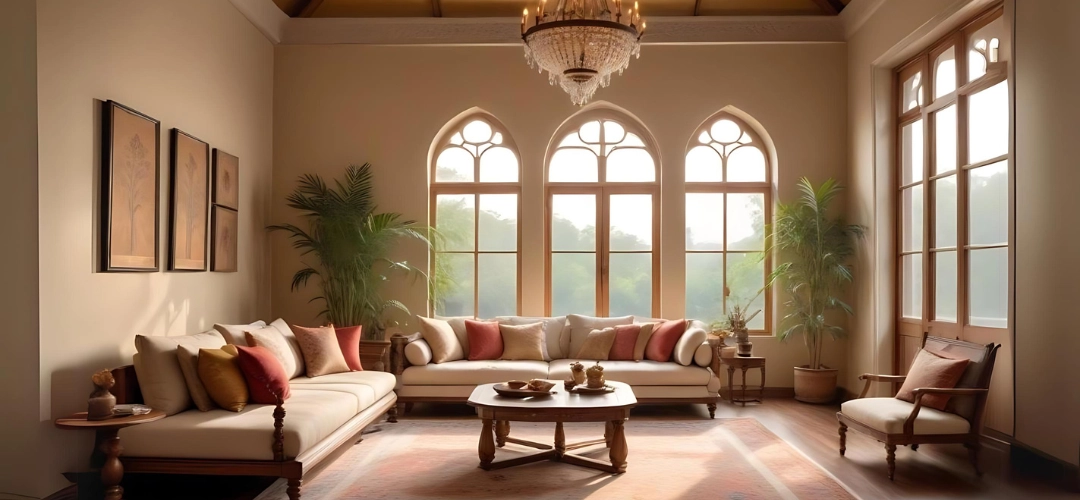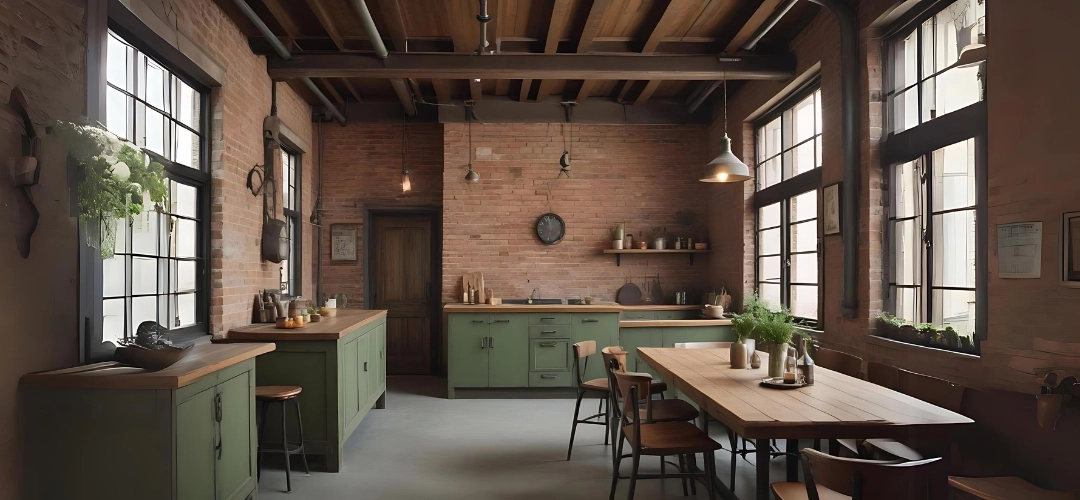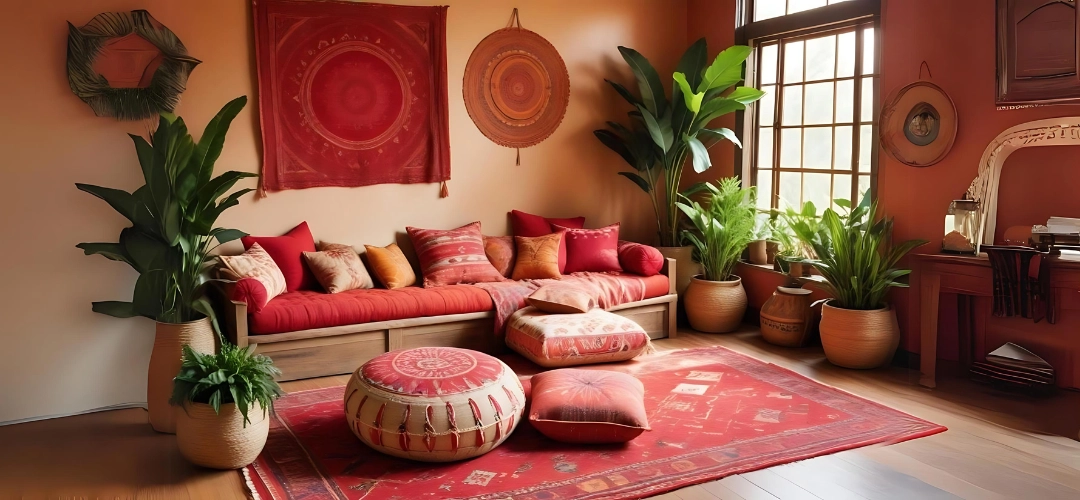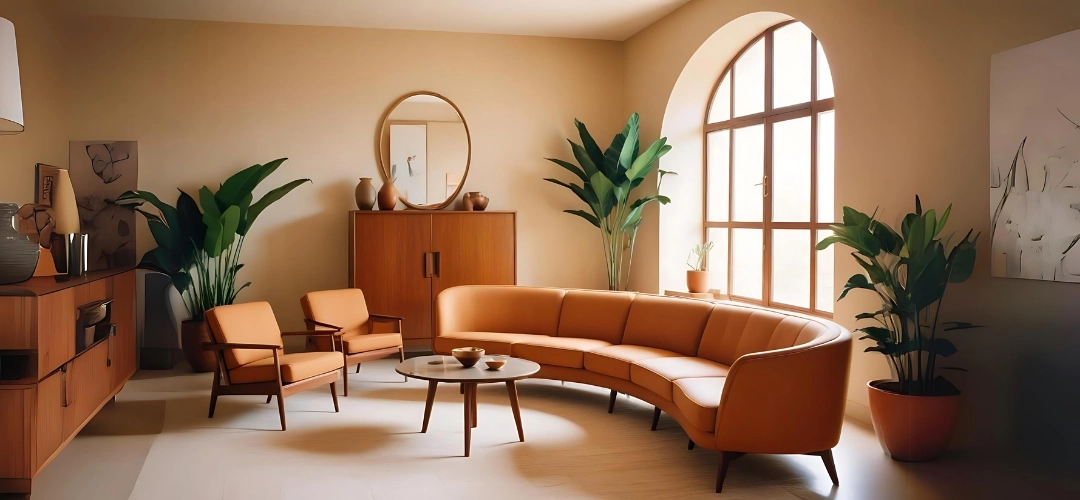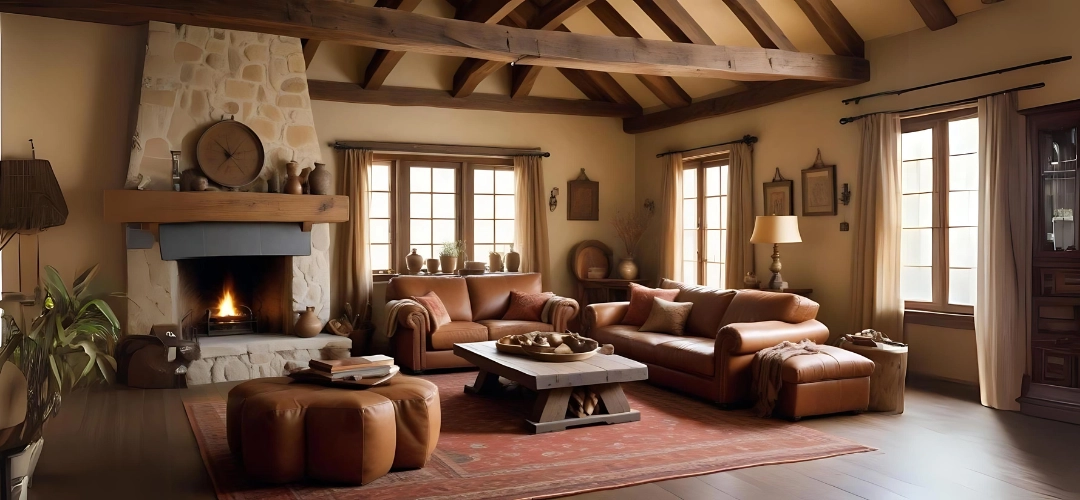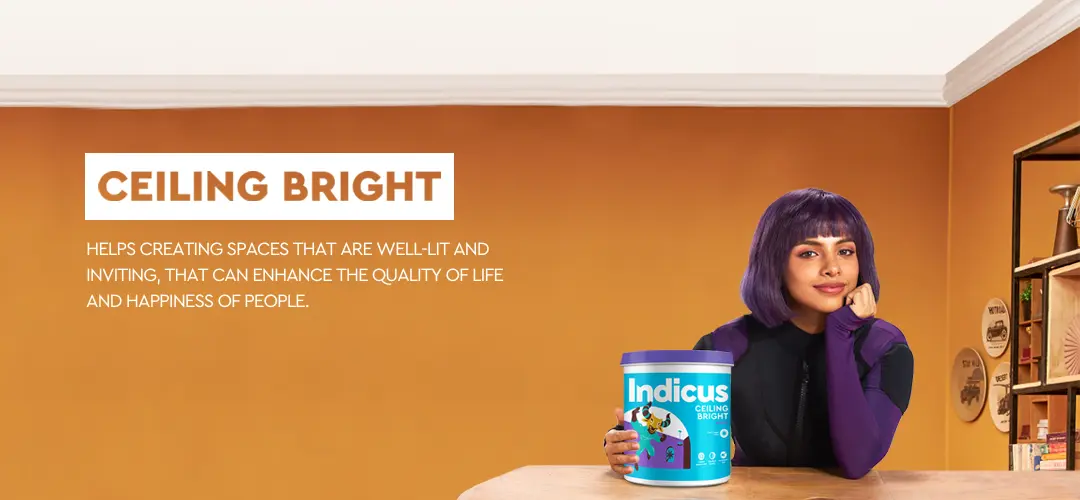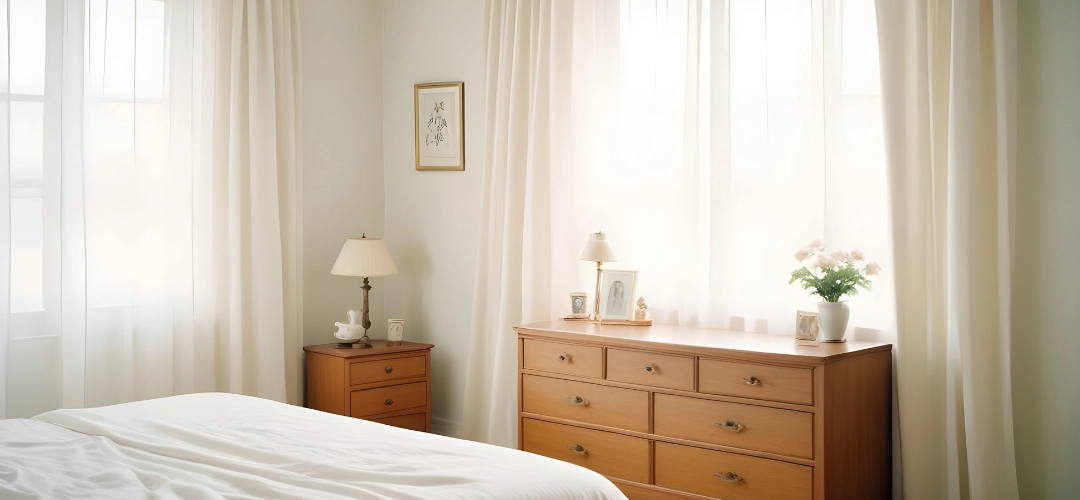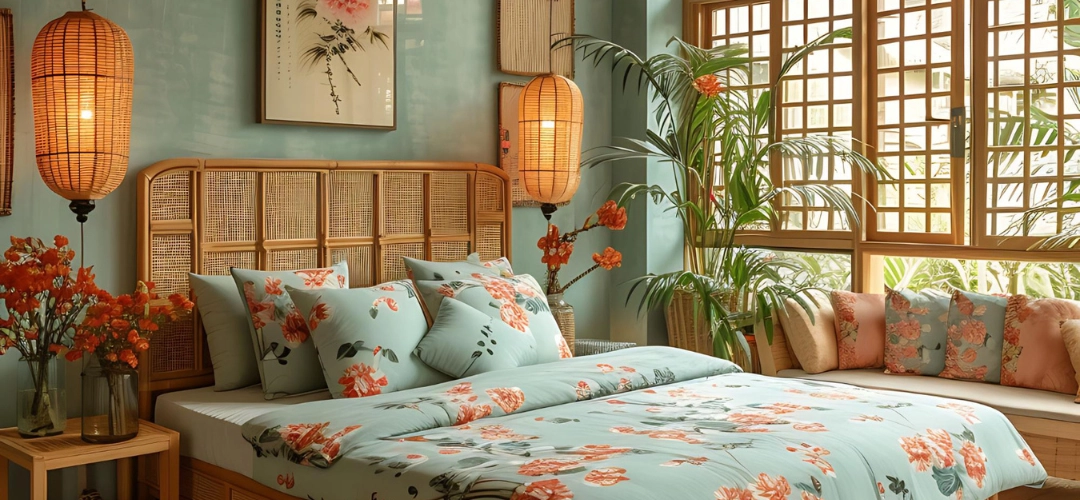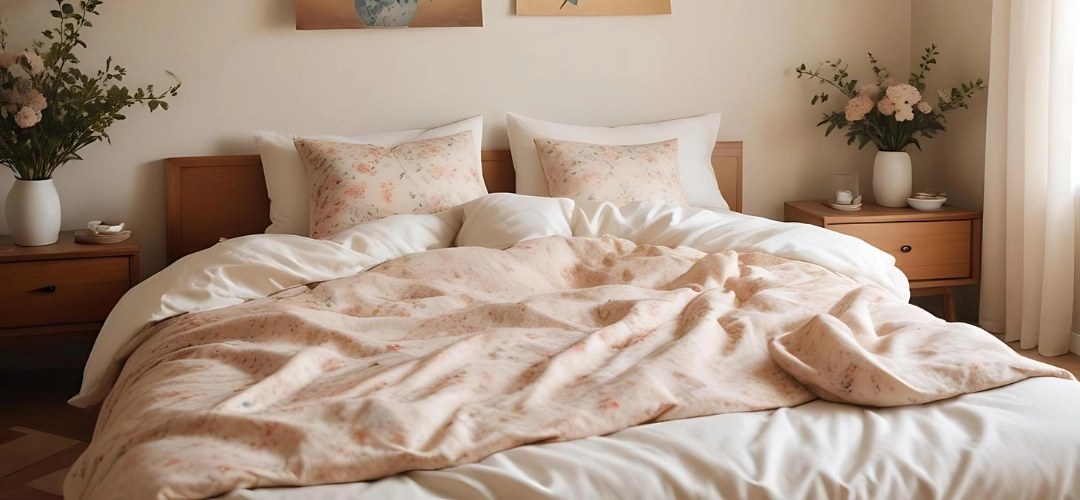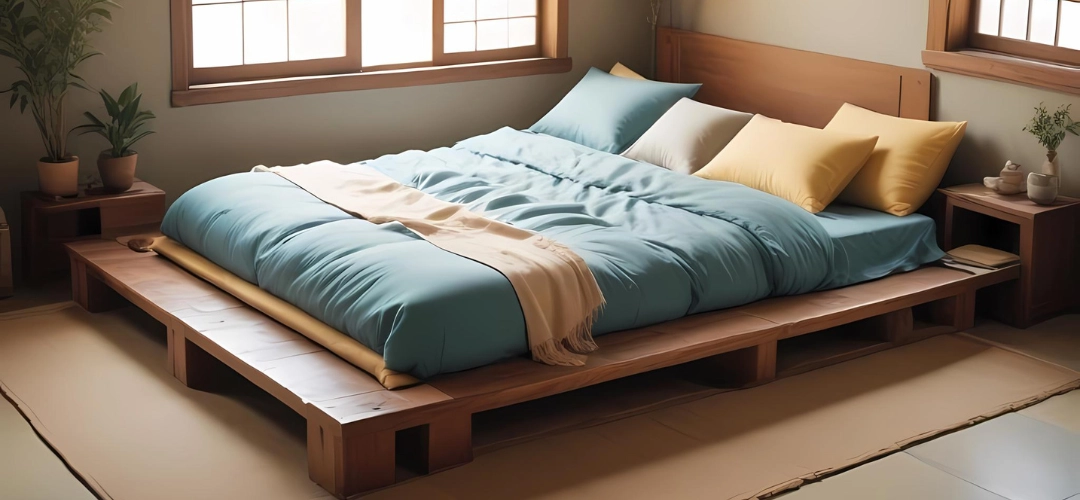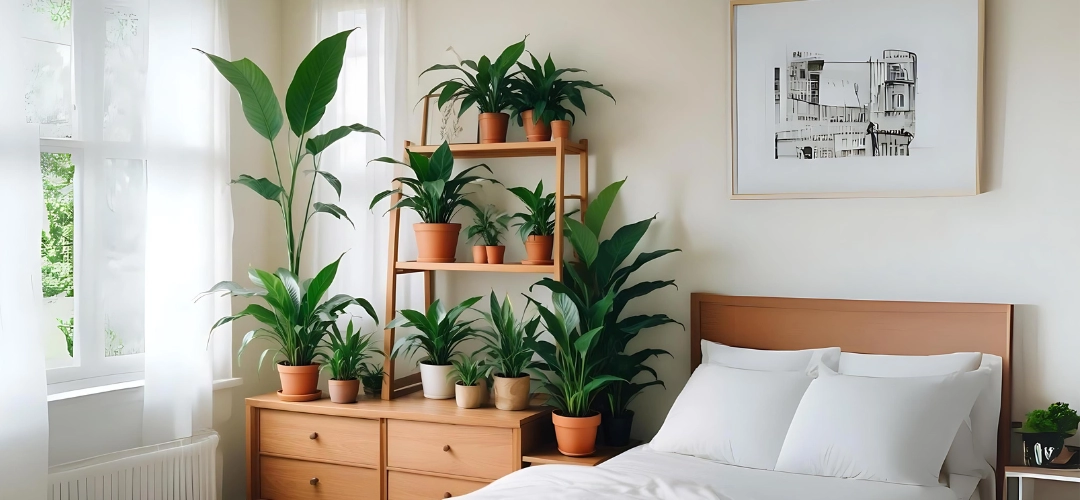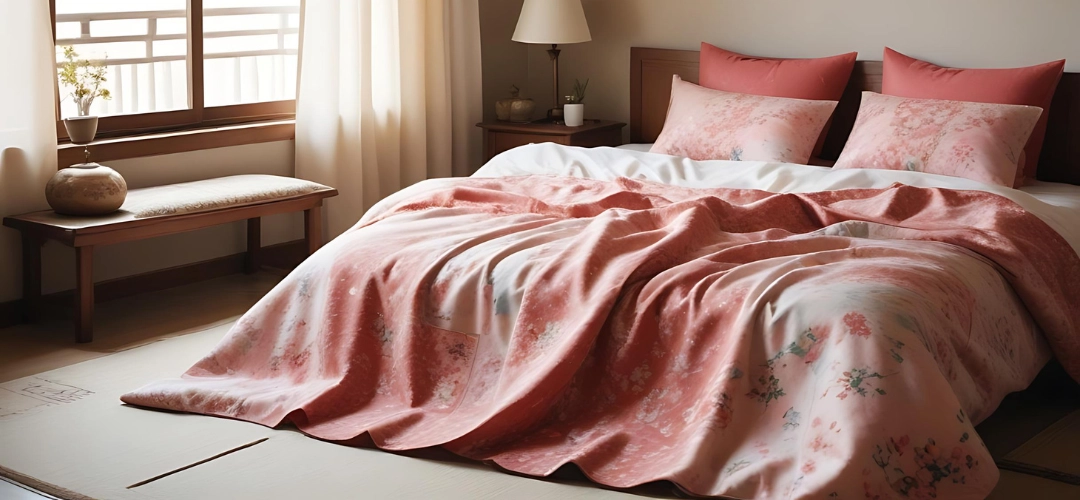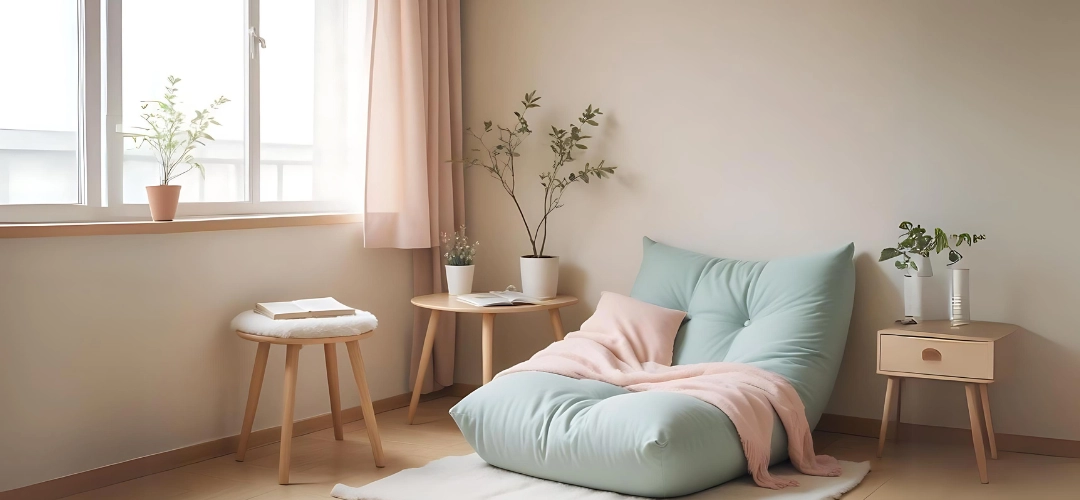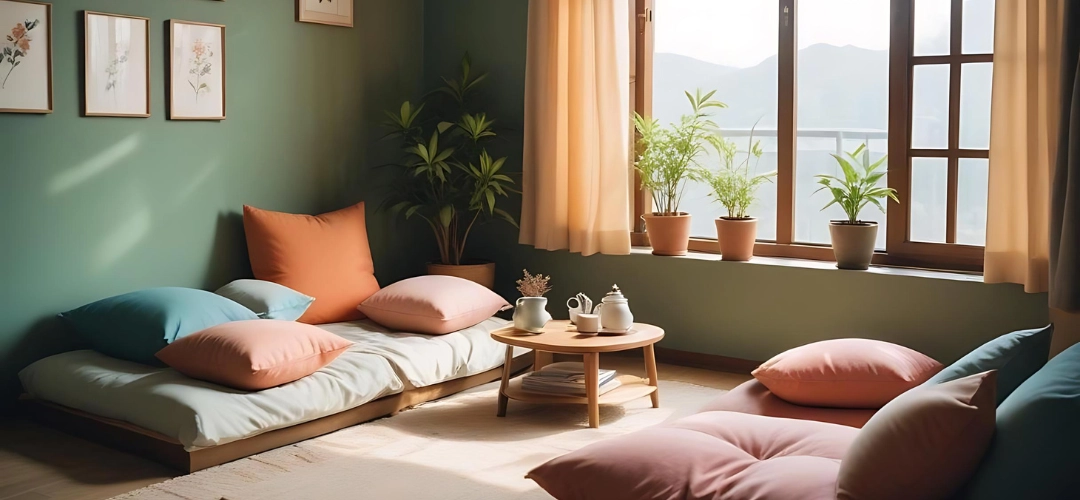How to Clean and Maintain Painted Surfaces
Maintaining the beauty of your painted surfaces requires more than just a fresh coat of paint every few years. Proper cleaning and maintenance are essential for keeping walls, trim, and other painted surfaces looking their best. Whether you’re dealing with scuffs, stains, or general wear and tear, this guide will walk you through the best practices for cleaning and maintaining painted surfaces in your home.

1. Understand Your Paint Finish
Different paint finishes have different cleaning needs:- Matte/Flat: These finishes are less durable and can be prone to showing marks and stains. They require gentle cleaning methods.
- Eggshell/Satin: These finishes are more resistant to stains and easier to clean, making them suitable for most interior walls.
- Semi-Gloss/Glossy: These finishes are highly durable and resistant to stains, making them ideal for high-traffic areas and trim. They are easy to clean with regular methods.
2. Routine Dusting and Spot Cleaning
ARegular maintenance helps prevent buildup and keeps your walls looking fresh:- Dusting: Use a dry microfiber cloth or a duster to remove dust and cobwebs from painted surfaces. This prevents particles from scratching the paint.
- Spot Cleaning: For minor stains or marks, use a soft cloth or sponge with a mild soap solution. Gently rub the affected area without using excessive moisture.

3. Cleaning Painted Walls
For a more thorough cleaning, follow these steps:- Prepare the Area: Move furniture and cover the floor with a drop cloth. This prevents spills and protects your furnishings.
- Mix Cleaning Solution: In a bucket, combine warm water with a few drops of mild dish soap. Avoid harsh cleaners or bleach as they can damage the paint.
- Test in an Inconspicuous Area: Before cleaning the entire wall, test the solution on a small, hidden spot to ensure it doesn’t damage the paint.
- Clean the Wall: Dip a sponge or cloth into the soapy water, wring it out, and gently wipe the wall in a circular motion. Rinse the sponge frequently and avoid over-wetting the surface.
- Dry the Wall: Use a clean, dry cloth to blot the area and remove excess moisture. Allow the wall to air dry completely.
4. Removing Tough Stains and Marks
For stubborn stains or marks, you might need more specific methods:- Crayon and Marker Marks: Use a mixture of baking soda and water to gently scrub the area. An eraser can also be effective for crayon marks.
- Grease Stains: Apply a mixture of white vinegar and water or use a commercial degreaser designed for painted surfaces.
- Mold and Mildew: For mold or mildew, use a solution of equal parts water and white vinegar. Scrub the affected area with a soft brush and rinse thoroughly.
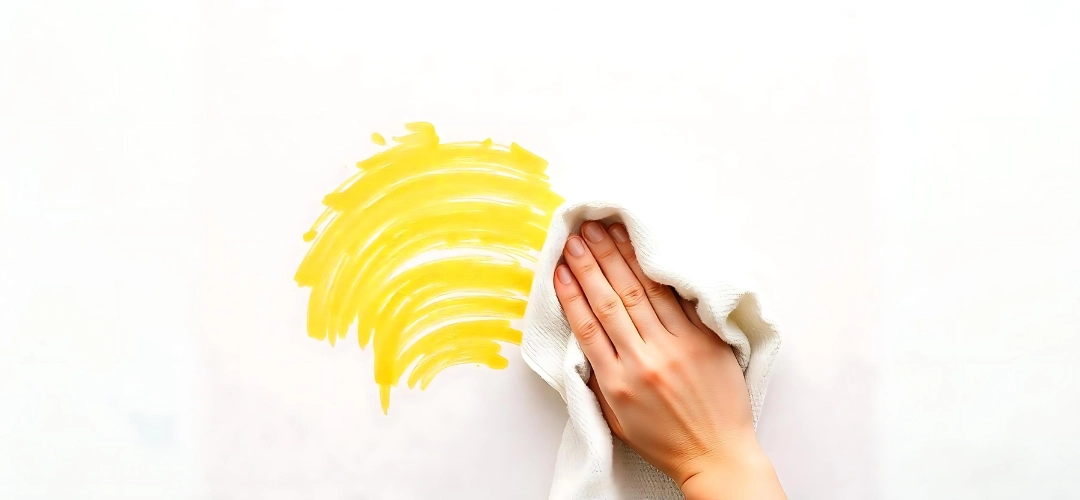
5. Maintaining Trim and Baseboards
Trim and baseboards often require more frequent cleaning due to their exposure to dust, dirt, and scuffs:- Dust Regularly: Use a microfiber cloth or duster to keep trim and baseboards free of dust.
- Clean with Mild Soap: For grime or fingerprints, clean with a mild soap solution and a soft cloth. Avoid abrasive scrubbers that can damage the finish.
- Touch Up Paint: If you notice chips or scratches, touch up with leftover paint. Use a small brush and blend the new paint with the old.
6. Preventive Measures
Taking preventive steps can help maintain your painted surfaces:- Use Washable Paint: Consider using washable or stain-resistant paints, especially in high-traffic areas or homes with children and pets. Indicus Admyra creates a washable surface that gives the ability to remove stains without damaging the film. It can withstand repeated cleaning without showing signs of wear, fading or damage. Household stains can be cleaned easily using water and mild detergent without losing its original appearance or colour vibrancy.
- Install Protective Covers: Use doorstoppers and furniture pads to prevent scuffs and scratches.
- Address Issues Early: Fix any problems like water leaks or mold growth promptly to prevent damage to painted surfaces.
7. Refreshing Your Paint
Even with regular cleaning, painted surfaces may eventually need a refresh:- Assess the Condition: Check for signs of wear, such as fading, peeling, or discoloration.
- Prepare for Repainting: Clean the surface thoroughly and repair any damage before applying a fresh coat of paint. Use high-quality paint for better durability and coverage.


